Shocking satellite images show impact of extreme drought on world’s rivers
A painful lack of rain coupled with relentless heatwaves has left China’s Poyang lake shrinking in length and breadth.
Dramatic satellite images taken a year apart show how the lake, which averages around 3,500sqkm at peak season, has contracted following the recent drought and 70 days of intense heat.
The drying of the freshwater lake has also forced crews to dig trenches to keep the water flowing to irrigate crops, while the decline in water coverage of the Jiangxi lake has cut off irrigation channels to neighbouring farmlands in one of China’s key rice-growing regions.
The rising temperatures have sparked mountain fires, forcing 1,500 people in southwest China to evacuate.
The drought also led to rivers shrinking, including the Yangtze, the longest river in Asia. According to the World Meteorological Organisation, the river observed 80 per cent lower rainfall, prompting several nearby factories to shut down their operation due to a lack of hydropower in the Three Gorges Dam.
“What we have experienced this summer is what climate scientists tell us is going to happen in the future,” Christine Colvin, advocacy director of the nonprofit The Rivers Trust, told Climate Change News. “This summer matches the predictions that we have for a hotter, drier future.”
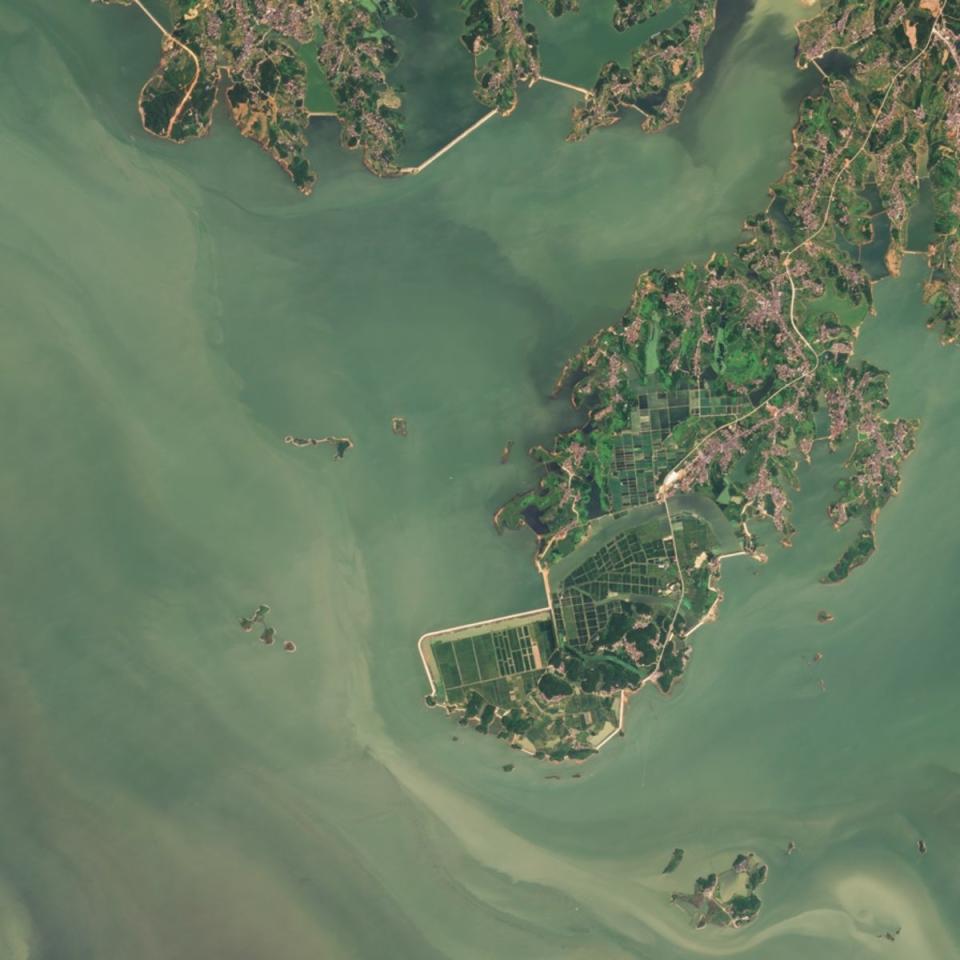
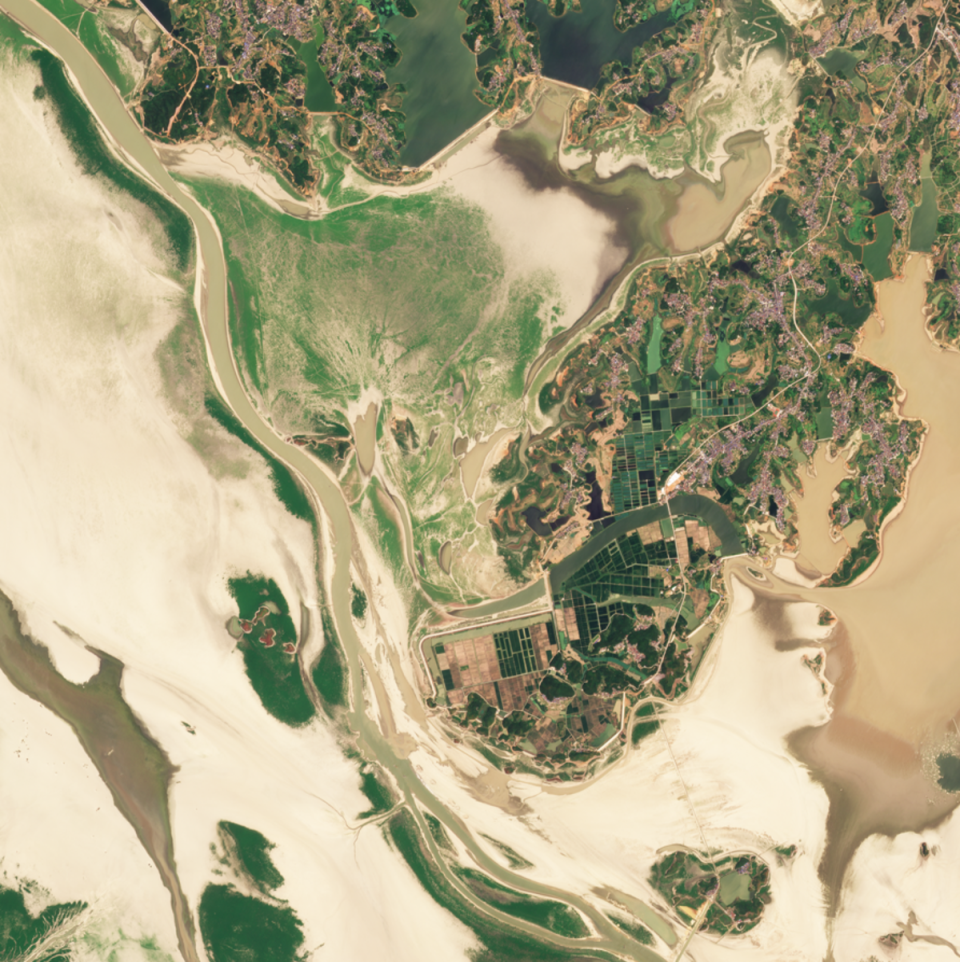
China is not the only country observing dried lakes and shrinking rivers.
The satellite images taken by Planet, a company providing global daily satellite data, showed heatwaves and persistent drought changing the Western European landscape, including the drying of the Rhine River in Germany’s Dusseldorf and France’s Loire river.
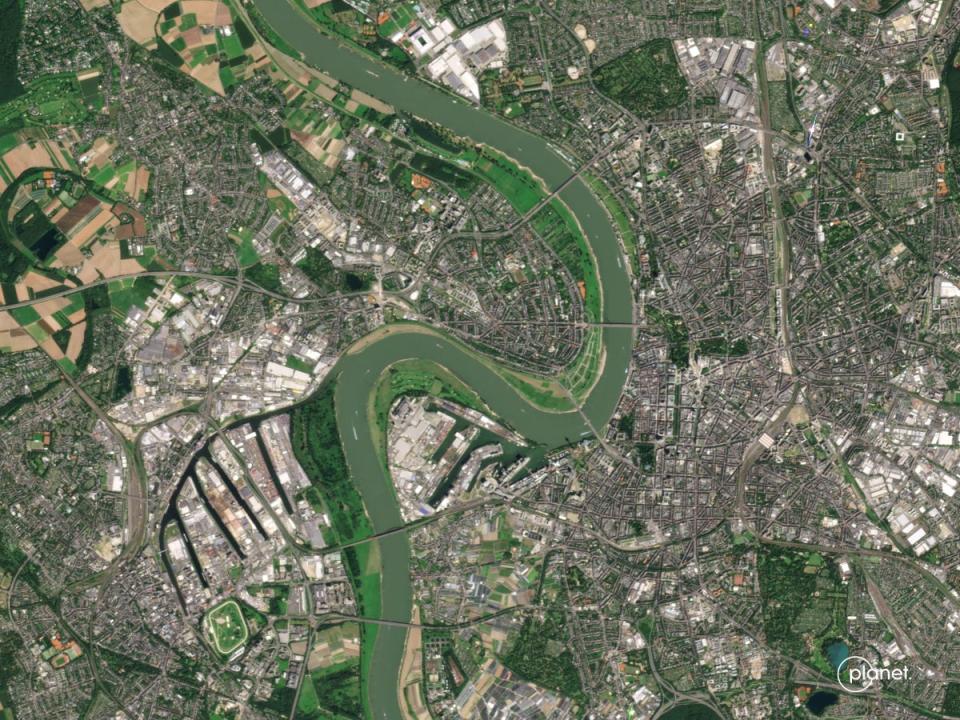
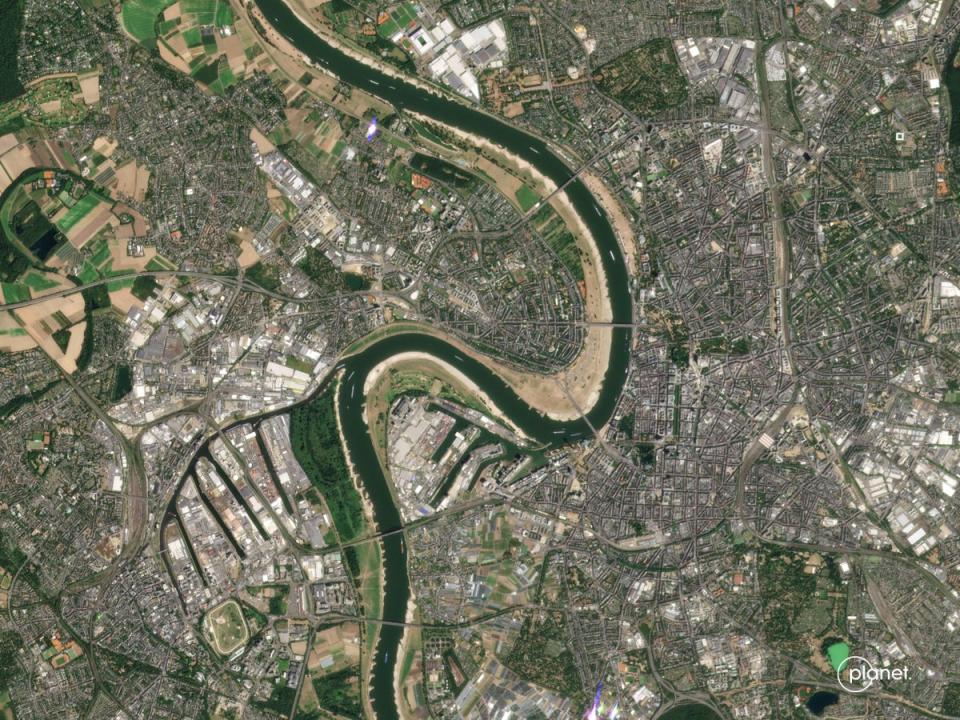
Predominantly green in August 2021, satellite images show the Rhine river to be filled nearly to the brim. But this year, the grassy parkland appears visibly browner, while the previously submerged banks of the river can be seen.
“If the Rhine drops further, barges may not be able to navigate in the low water, impeding the transport of goods to and from Germany’s industrial heartland,” warned the group in a post on their website.
The satellite images of the Loire river also show a sharp decline in its tributaries as well as the green cover in the ecosystem around it.
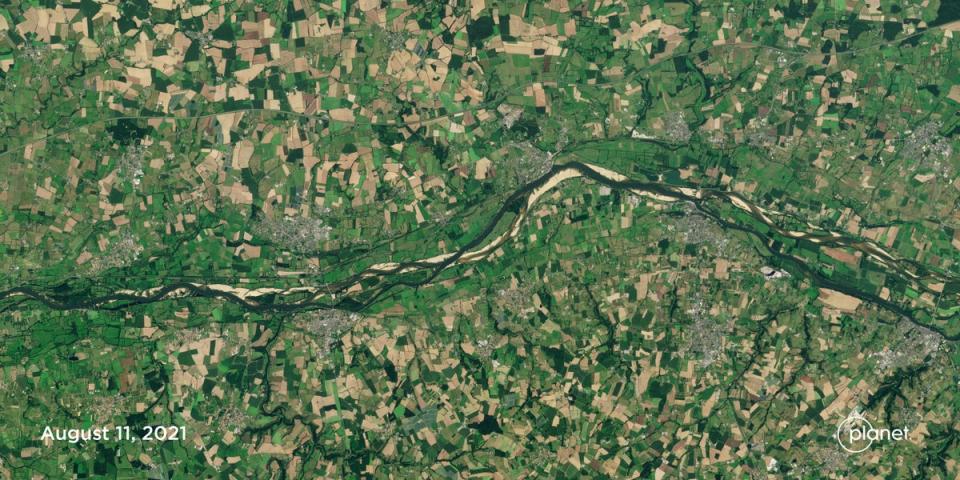
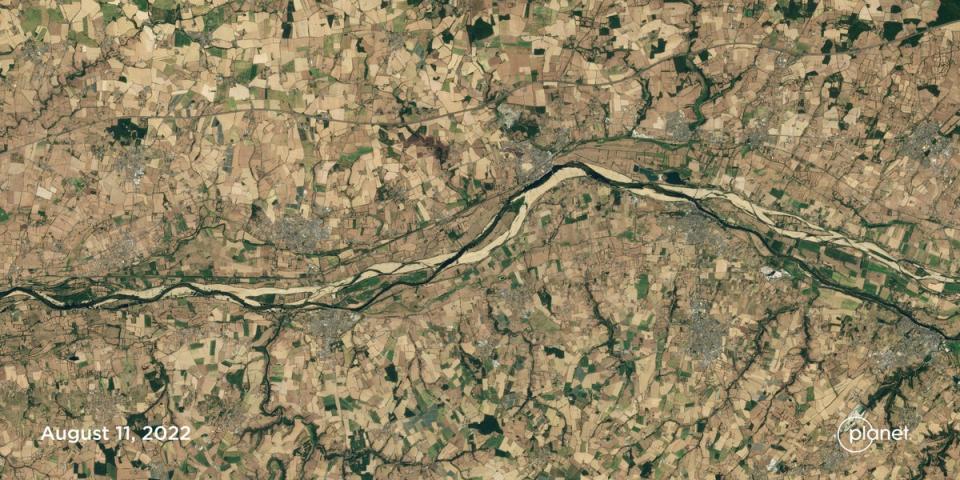
The water levels in the river, which is often frequented by grazing cattle, are so low this year that even flat-bottom barges are not able to ferry the visiting tourists.
The Loire Valley, a Unesco World Heritage site popular for majestic chateaux, has observed a decline in water levels. However, this year’s drought should be a wake-up call, said Eric Sauquet, head of hydrology at France’s National Institute for Agriculture, Food and Environment (INRAE).
“We have to worry about the Loire,” he told Reuters, explaining the disastrous impact on the aquatic life. “Fish need water to live, cool water. When water levels get this low, their environment shrinks and they get trapped in puddles,” he explains adding that the shallow water also makes them easy prey for predators.
"Climate change is underway, it’s undeniable... All users will have to rethink their behaviour with respect to water resources," he added.

